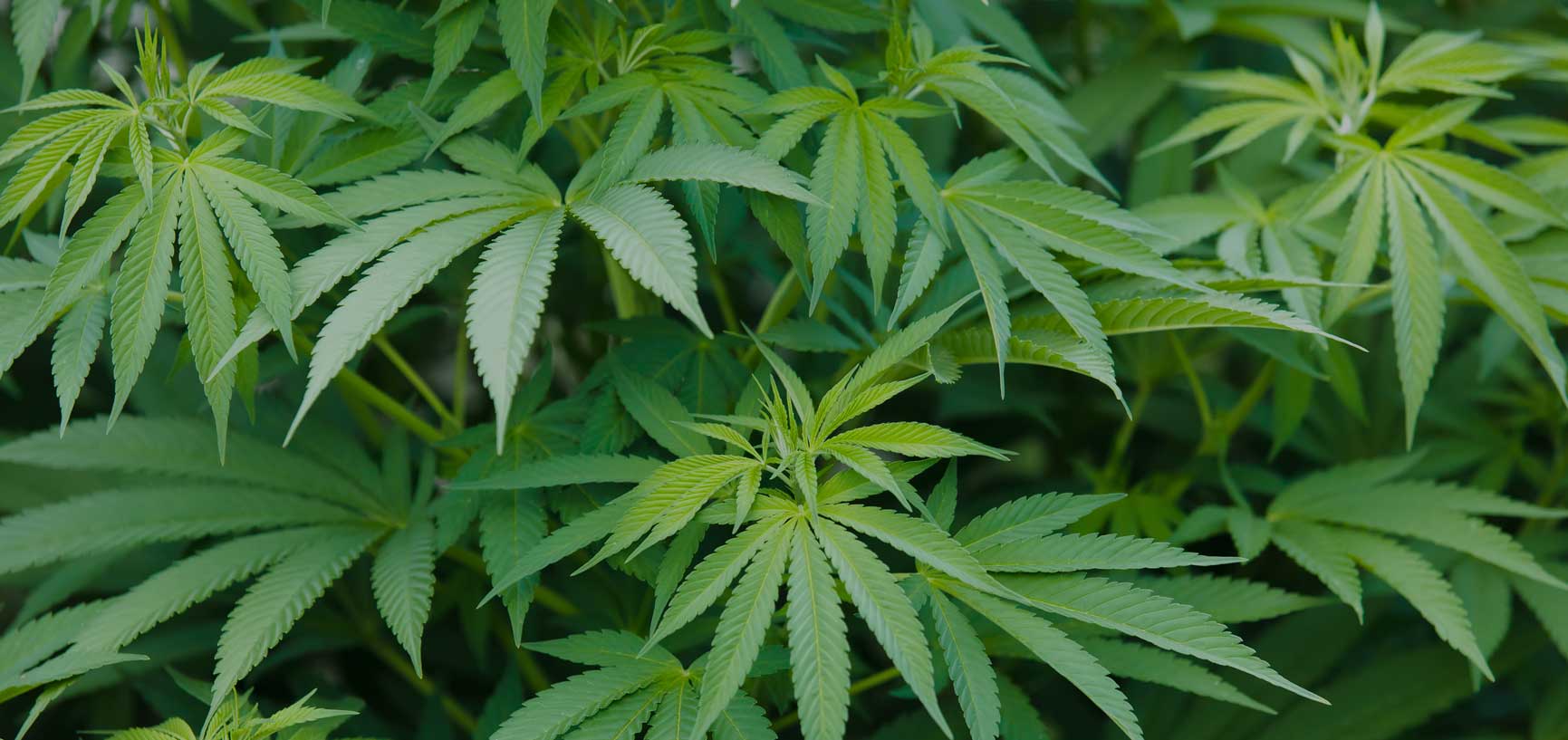The use of cannabis to relieve symptoms of fibromyalgia is not new. Around 2000 BC, the Chinese Emperor Shen-Nun described marijuana’s ability to diminish pain and inflammation and noted that it “undoes rheumatism” (an antiquated term for fibromyalgia). Fibromyalgia is a condition that causes widespread musculoskeletal pain, fatigue and sensitivity to touch. According to the American College of Rheumatology, “Fibromyalgia is most common in women, though it can occur in men. It most often starts in middle adulthood, but can occur in the teen years and in old age.” In some cases, the symptoms of this disease may be debilitating. The cause is unknown, but it is believed to involve disturbances in the way the central nervous system sends and receives messages. The symptoms are often poorly controlled by traditional pain medications, and patients frequently report that medical cannabis is an effective choice.
The use of cannabis to treat chronic pain is welcome to some people, and alarming to others. Cannabis, or medical marijuana shows some evidence of benefits, with many patients who swear by the herb to relieve their pain. Also many physicians see it helping those who have few other options. Others argue that cannabis lacks both standardized formulations and rigorous clinical testing and represents a challenging deviation from the ideal of evidence-based medicine.
In 2015 a two-year survey of chronic nerve pain sufferers, conducted by The Neuropathy Journal, found that among study participants, medical cannabis use was associated with a 64% decrease in opioid use, decreased number and side effects of medications, and an improved quality of life 45%. This study suggests that many chronic pain patients are essentially substituting medical cannabis for opioids and other medications for treatment, and finding the benefit and side effect profile to be greater than these other classes of medications.
Cannabis was marketed as an extract for ailments including joint and muscle pain in the early part of the 20th century, but then was outlawed in 1936. All access for medical purposes was lost until 1996, when California became the first state in U.S. to legalize medical marijuana use. So now we find ourselves about 60 years behind in medical understanding of the cannabis plant.
We currently don’t have any standardized medication options beyond the two THC- only prescription medications, dronabinol and nabilone, which are expensive and tend to cause lots of side effects. Pharmaceutical companies are now racing to find better ways to produce standardized ingredients and dosing of cannabis.
Patients who want to try medical cannabis for fibromyalgia—or any health condition—are at the mercy of the knowledge of the dispensary or growers that are providing them the cannabis. It’s the equivalent of someone walking into a drugstore with a blank prescription and asking the cashier what medicine they should purchase. Some dispensary employees are quite knowledgeable, but often they are more recreational marijuana enthusiasts who have no idea what to recommend for a fibromyalgia patient. In general, you want to look for strains with roughly equal THC to CBD ratio. Start with very low doses; one study found that while low-to-moderate doses lowered pain, high doses actually increased pain! Avoid smoking cannabis, as this is damaging and irritating to lung tissue. Instead, consider edibles, tinctures (liquid cannabis extracts), or topical balms or salves. Fibromyalgia and nerve pain patients report that cannabis balms and salves applied topically to sore muscles can be a very effective pain reliever with little to no brain “high.”
There are some people for whom it is not a good idea to try cannabis. Those with uncontrolled psychiatric conditions characterized by psychosis or active substance abuse. Cannabis can also increase pulse rate, so should be used with caution in people with heart problems such as atrial fibrillation. If you are serious about trying cannabis as medicine, you need to first educate yourself, because your doctor or your grower/dispensary staff may not be able to give you much guidance. A helpful resource is the website www.leafly.com, which is like the Yelp of marijuana, with user reviews on different strains.
Who is NaturalPainRelief.org and Why Do We Exist?
The research and editorial teams at NaturalPainRelief.org are committed to helping those suffering from pain to find alternative science-based solutions free from addictive drug treatments and invasive procedures.



